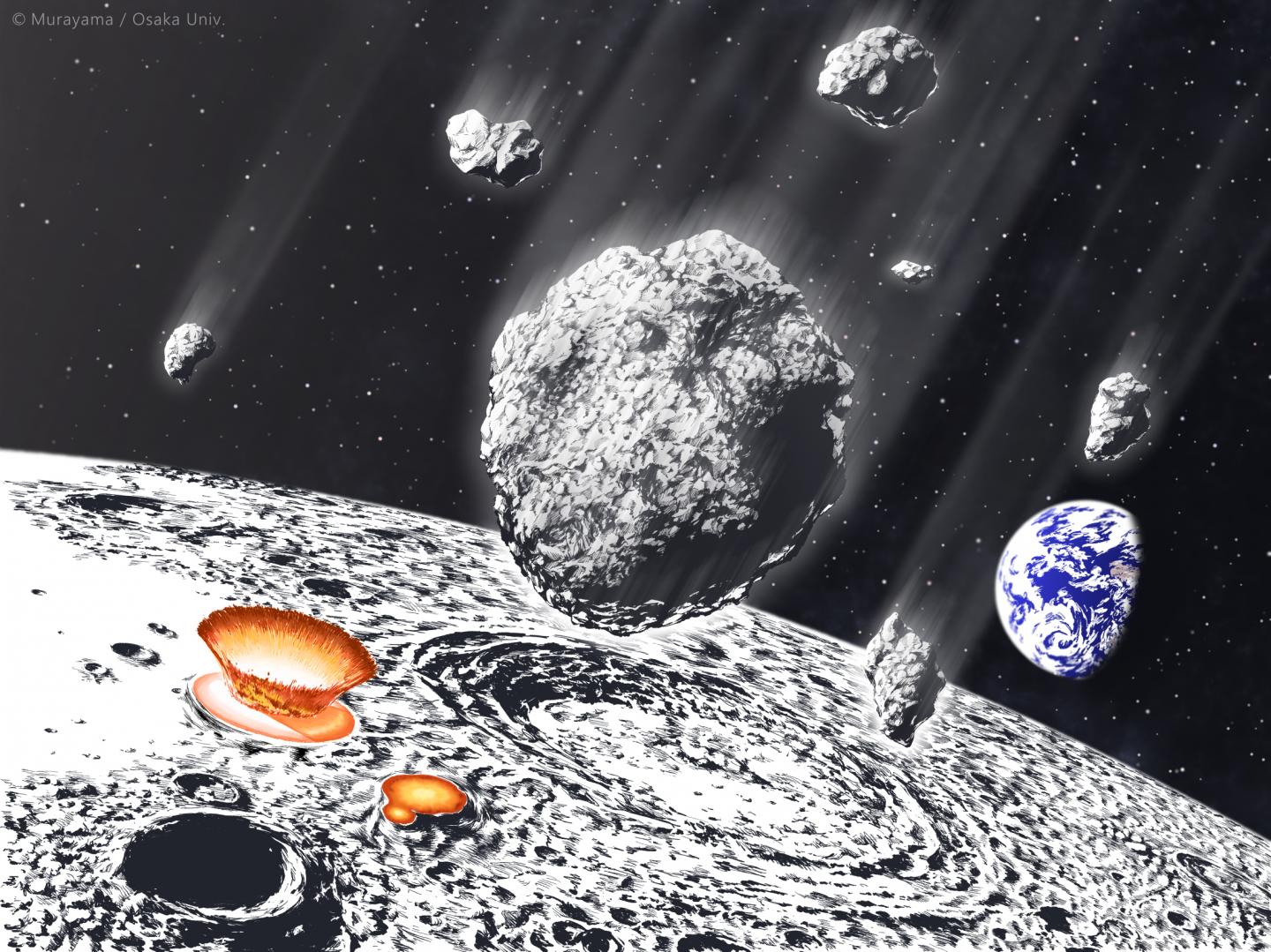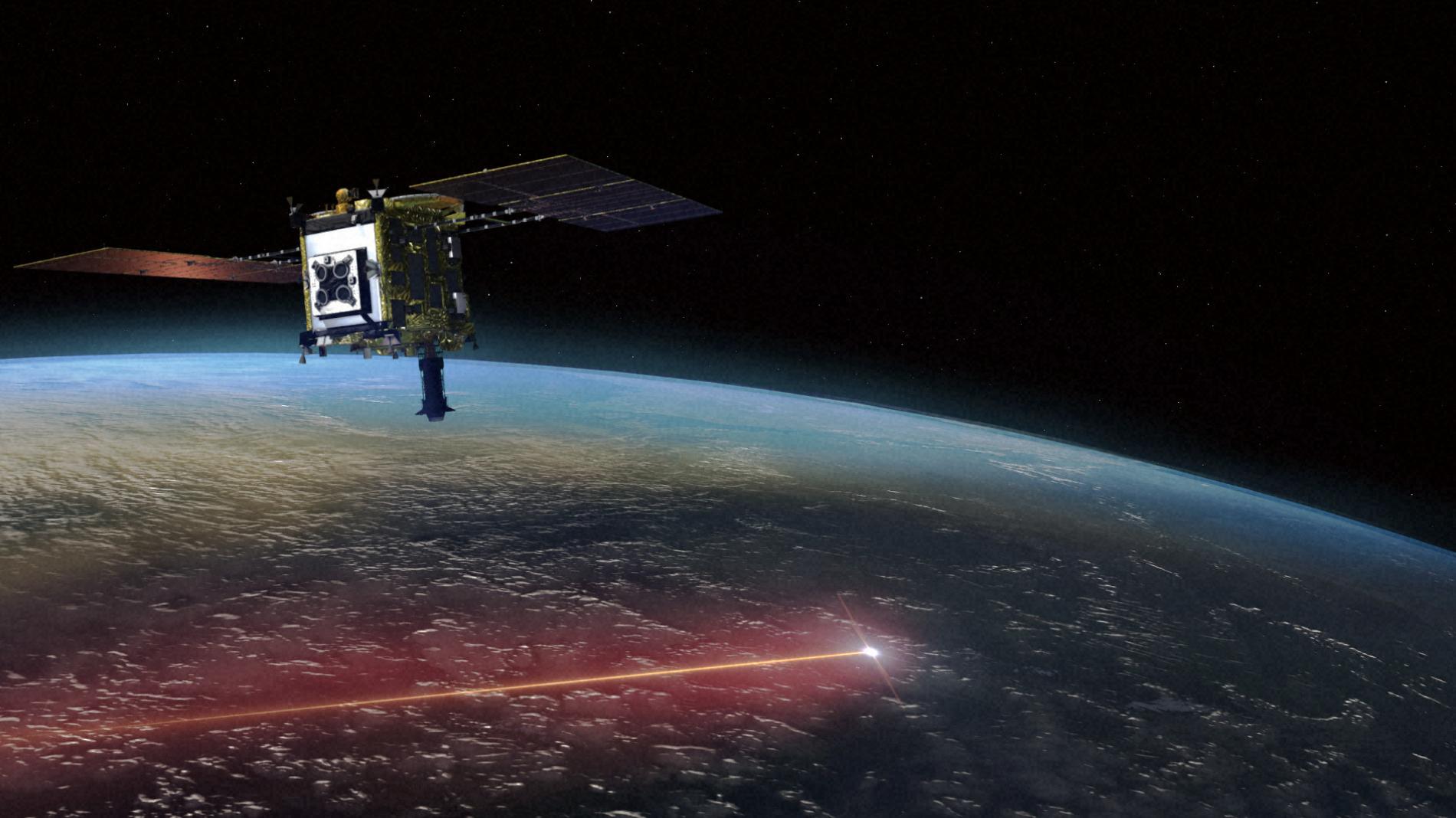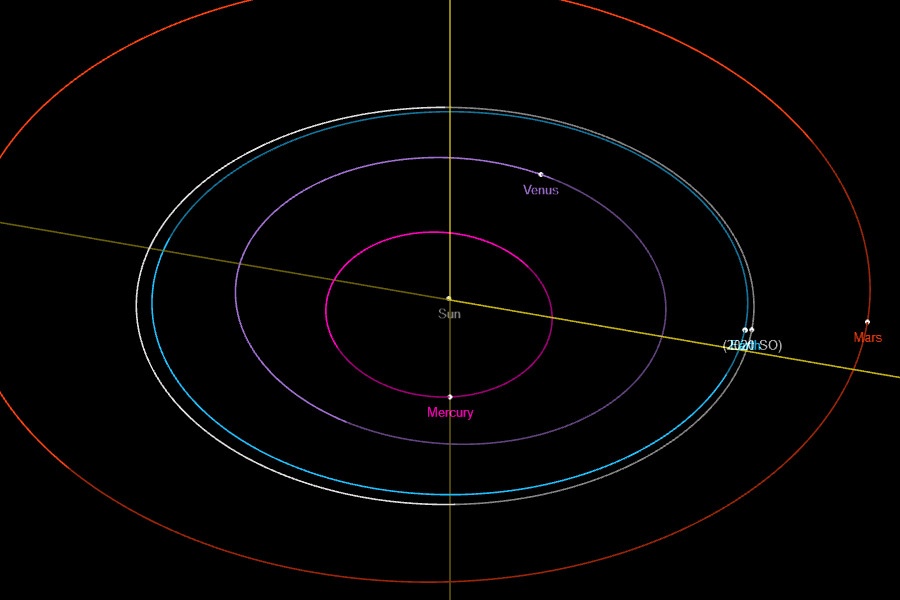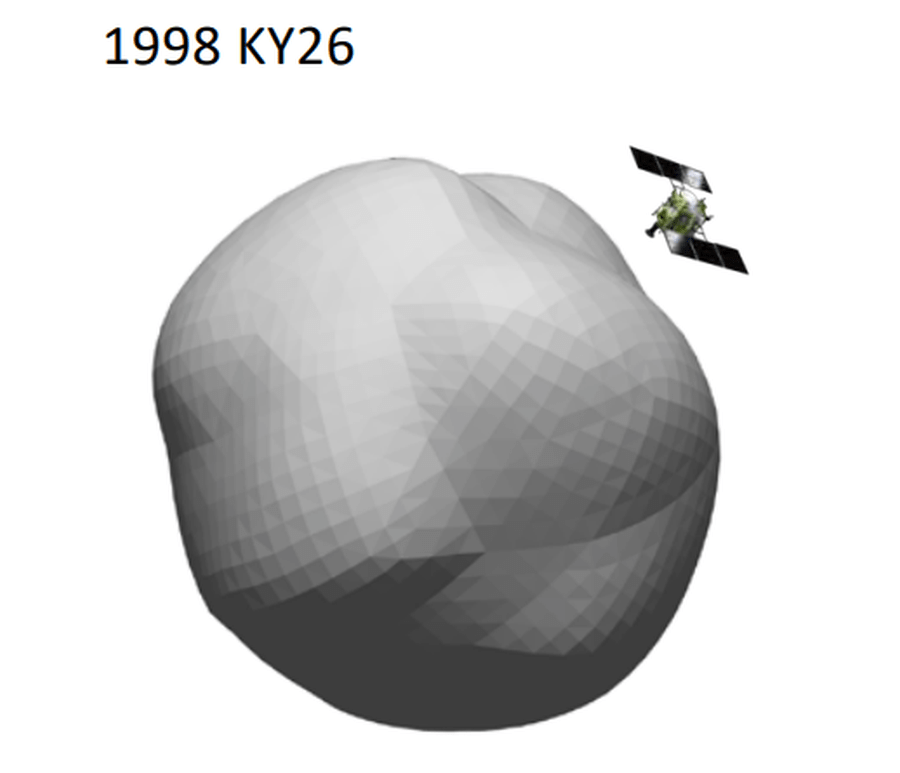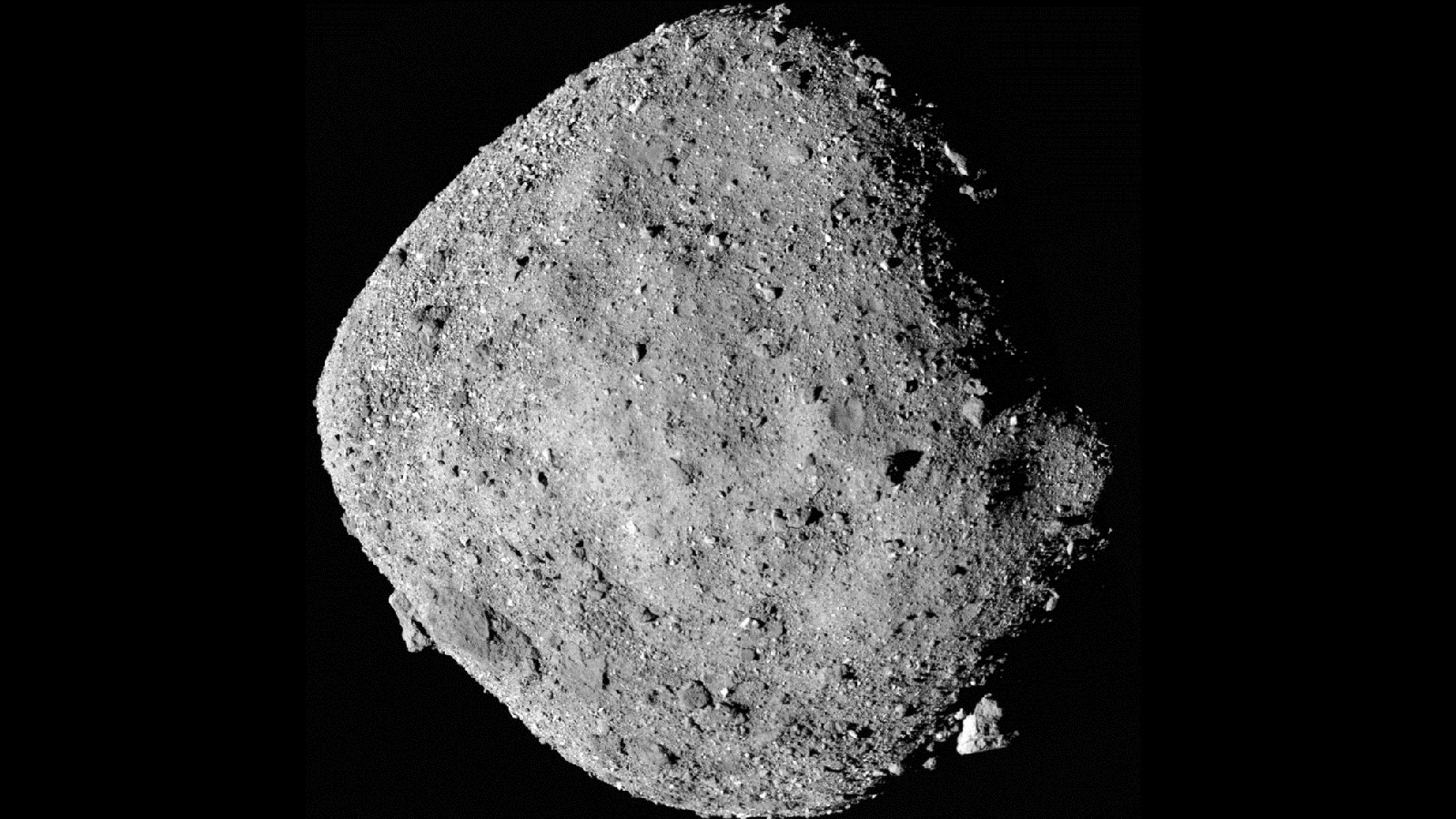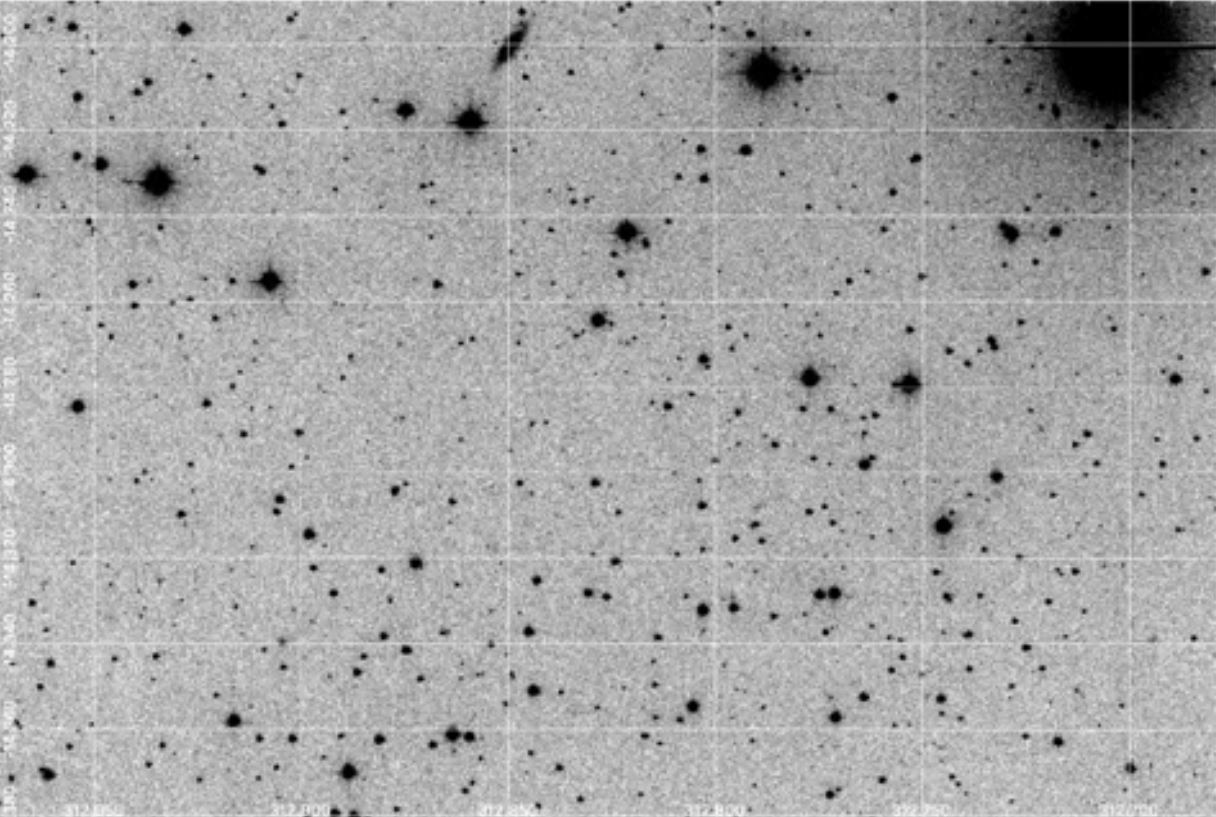What happened to all the lithium? The question has stumped astronomers for decades. While cosmologists have successfully predicted the abundance of the other light elements from the Big Bang, lithium has always come up short. Now, a team of astronomers may have found the reason: lithium-rich asteroids are smashing into white dwarves.
Continue reading “Asteroids Crashing Into Dead Stars are Helping Explain Where the Universe’s Missing Lithium Went”Asteroids Crashing Into Dead Stars are Helping Explain Where the Universe’s Missing Lithium Went
